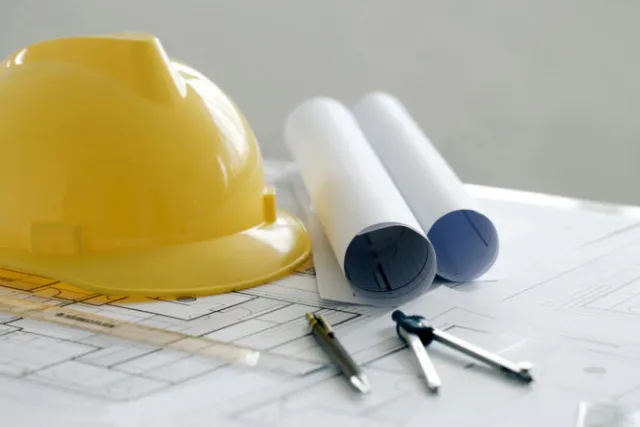
Like nearly every sector of the economy, the design and construction industry is confronting serious new challenges in 2025. Market shifts driven by newly imposed tariffs are creating immediate cost pressures — and the ripple effects are already reaching project sites across the U.S.
More than 45% of imported construction materials are now impacted by these tariffs, adding new layers of uncertainty at a time when clients are still eager to invest in new developments. At the same time, foreign companies — especially in the automotive sector — are accelerating their U.S. manufacturing footprints. This push to build domestic supply chains is encouraging but also adds fresh competition for materials and labor.

Suppliers are not waiting for tariff hikes to take effect — many have already started increasing prices in anticipation, and if history is any guide, we could see panic buying similar to what we experienced during the COVID-era supply chain crisis. This rush could be followed by a period of stabilization, but only after significant market swings.
In January alone, construction prices jumped 1.4%, marking the largest monthly spike in two years. Analysts expect total cost increases to land between 5% and 7% by the end of 2025, with many firms already reporting a 2.1% rise halfway through the year. These increases go well beyond structural materials like steel, aluminum, and cement — finishing details such as tiles, fixtures, and glass are feeling the squeeze too.
The Architectural Billing Index, a leading barometer of future construction activity, is showing that design firms are worried about how to keep budgets predictable. For decades, project teams could wait until the design phase wrapped up to lock in pricing. Today, that’s just not realistic.
Pricing swings are happening so rapidly that sticking with a “design now, price later” approach can easily lead to surprise budget overruns. We can’t afford to finalize plans only to find out that critical materials are suddenly out of reach. Instead, architects and owners must build in real-time pricing checks, allow room for flexible material choices, and adapt designs if needed.
Some cost spikes hit structural elements that can’t be swapped out easily. So smart teams are proactively planning for backup materials or design adjustments upfront — not mid-project, when change orders get expensive fast.
So, what can owners, developers, and design teams do right now to protect budgets and deliver successful projects? Here are some proactive moves that can help:
Fixed-price or Guaranteed Maximum Price (GMP) contracts have their place — but they don’t leave much room to absorb sudden swings. More owners are open to flexible contracts that share risk when costs spike unexpectedly.
Where possible, project teams are adjusting the order of work to lock in materials before prices jump further. For example, they might secure large equipment or core materials first — and hold less price-sensitive elements for later phases.
A phased approach gives stakeholders more breathing room to manage risk and review costs at each milestone. Instead of committing all at once, phased work means teams can adapt if markets shift dramatically.
Given how volatile the market is, a larger contingency reserve is a wise safety net. It’s far better to plan for surprises than scramble when an invoice suddenly spikes.
Owners and contractors can build cost-sharing clauses into contracts. For example, an agreement might say the owner covers the first percentage of price increases, while the contractor picks up costs beyond a certain threshold. This keeps both sides invested in smart purchasing and good communication.
None of us can control the global supply chain or the political landscape — but we can plan smarter. By running real-time cost checks during design, securing flexible agreements, sequencing work wisely, and keeping contingencies strong, we help clients avoid surprises.
The industry’s leaders aren’t just good at beautiful designs — they’re also experts at reading the economic landscape and guiding owners through it.
As we navigate 2025, the ability to adapt quickly and plan thoughtfully will be what separates successful projects from budget blowouts. With the right strategies, we can keep the industry building strong — no matter what market swings come next.
Originally reported by Business NC.